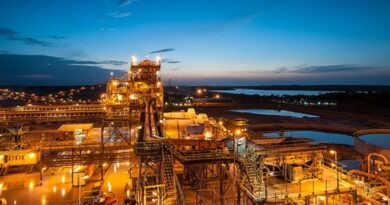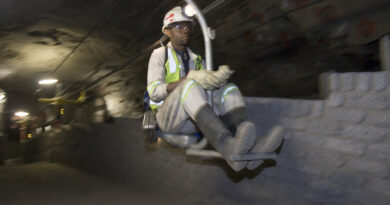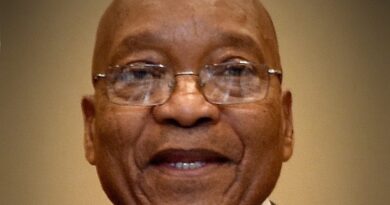Sibanye-Stillwater to supply LiOH for future electric vehicles
Sibanye-Stillwater fundamental position regarding the longer-term outlook for the metals it produces and battery metals it will produce remains unchanged, with a considered and measured strategic response to the cyclical downturn in commodity prices. its strategic focus is to ensure consistency through price cycles and our decisions are not taken based on short-term factors.
Sibanye-Stillwater are confident that its strategic interventions to secure operational sustainability and protect its Balance sheet will ensure that the Group will not only prevail through the current low-price cycle, but emerge exceptionally well positioned to benefit from a recovery in metal prices. Sibanye-Stillwater strategy remains relevant and appropriate, and it is well positioned for longer-term value creation.
As such, Sibanye-Stillwater have continued to invest in the development of the Keliber lithium project (perhaps somewhat counter cyclically during a period of oversupply, as expressed by some observers) to ensure that Sibanye-Stillwater are strategically positioned to supply locally produced Lithium Hydroxide (LiOH) necessary for the future development of the battery electric vehicle (BEV) sector in Europe. Despite the current oversupply of lithium, even under more moderate BEV growth assumptions than current market consensus, its analysis suggests that demand for lithium will continue to rise significantly.
With permitting and financing of new mining projects becoming more challenging and costly, Sibanye-Stillwater believes that future demand will outstrip the increase in new supply of lithium required to support the projected growth resulting in increasing deficits over the latter half of this decade.
Moreover, with current low prices being a disincentive to the development of new projects, Sibanye-Stillwater will be suitably positioned to deliver production from the Keliber lithium project into the growing deficit market.
Underpinning the Balance sheet strengthening measures, the cost benefits from operational restructuring implemented since 2022, are beginning to come through in improved financial and operating results for most of the Group operations, preserving cash flow through the current low-price environment.
Further to the expected cost and capital savings (the anticipated benefits outlined in February 2024 have been confirmed with an increased value of R6.6 billion (US$375 million)) and capital reductions and/or deferrals, which were detailed in the H2 2023 operating and financial results in February 2024, additional annual cost and efficiency benefits of R461 million (US$26.5 million) are expected from the recently concluded restructuring of the Kloof 2 Plant and realignment of the SA region services functions to the reduced operational footprint in the SA region. In comparison to the 2022 cost base, the gross expected benefit from the actions taken to date is therefore expected to be R7 billion (US403 million).



